Mountain Cottage House Plans: The Perfect Retreat from the City
Mountain cottage house plans offer the ultimate getaway from the hustle and bustle of city life. With their rustic charm, cozy atmosphere, and breathtaking views, it’s no wonder why many people are seeking to invest in these types of cottages. As a design enthusiast, I’ve always been fascinated by the intricacies of mountain cottage design, and I’m excited to share my insights with you in this article. We’ll explore the various designs, plans, and features that make mountain cottages so unique and captivating.
From timber-framed exteriors to cozy interior nooks, mountain cottage house plans are designed to evoke a sense of warmth and tranquility. The idea is to create a seamless transition between indoors and outdoors, where the boundaries of nature and architecture blur. As we delve into the world of mountain cottage design, I’ll share my opinions on what makes a great mountain cottage plan and provide inspiration for anyone looking to build or renovate their own mountain retreat.
1. Rustic Charm: Exteriors that Blend with Nature
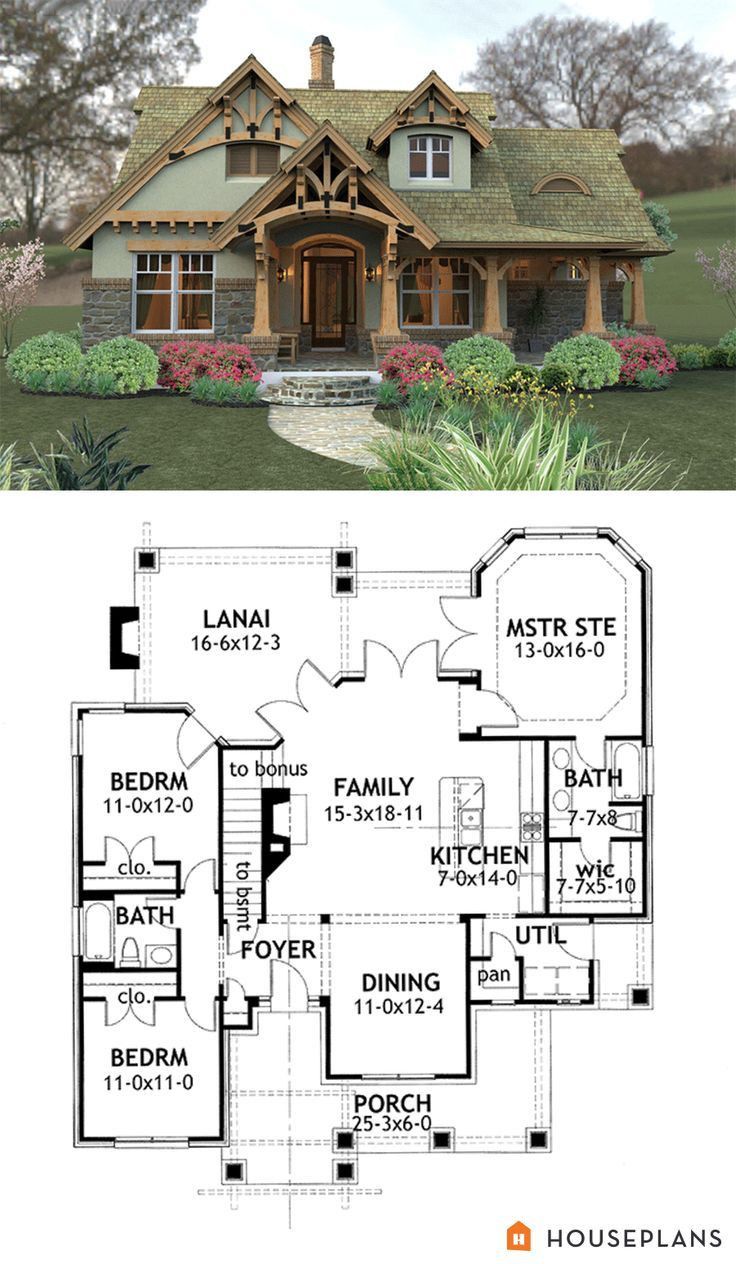
Mountain cottage exteriors are designed to blend seamlessly with their natural surroundings. Rustic materials such as timber, stone, and cedar are often used to create a warm, earthy look that complements the landscape. I love how these materials can add texture and depth to the exterior of a mountain cottage, creating a cozy and inviting atmosphere. When choosing an exterior design, consider incorporating natural elements such as reclaimed wood, moss-covered rocks, or living roofs to create a seamless transition between indoors and outdoors.
Timber-framed exteriors are a popular choice for mountain cottages, offering a classic and timeless look. The use of exposed beams, wooden shutters, and reclaimed wood adds to the rustic charm, creating a warm and welcoming exterior. To add a personal touch, consider incorporating decorative elements such as ornate trusses, wooden scrollwork, or hand-carved door frames.
2. Cozy Interiors: Creating a Warm and Welcoming Atmosphere
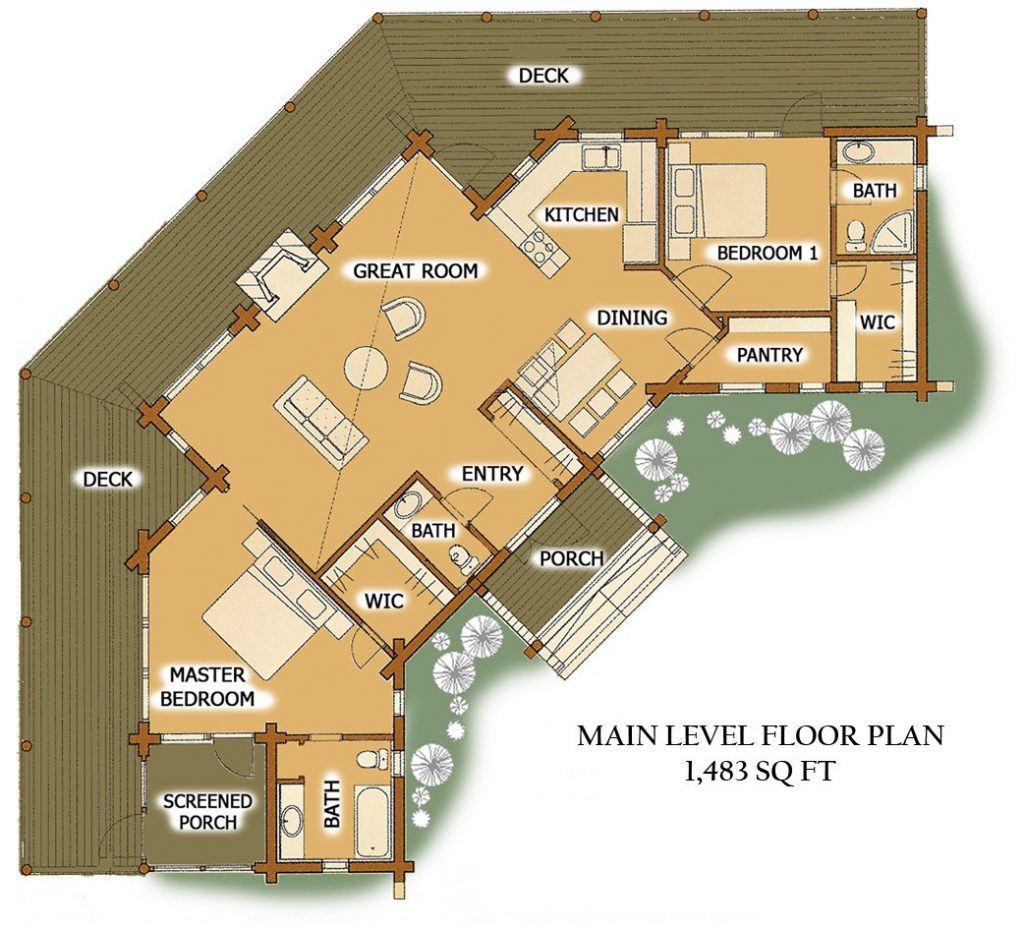
Mountain cottage interiors are designed to create a warm and welcoming atmosphere, perfect for relaxing and unwinding. I’m a big fan of incorporating natural materials such as wood, stone, and brick to create a cozy and inviting interior. The use of rustic beams, wooden floors, and exposed ductwork adds to the sense of warmth and comfort. When designing the interior of your mountain cottage, consider incorporating textures and patterns that reflect the natural surroundings, such as woven blankets, throw pillows, and natural fiber rugs.
The interior layout of a mountain cottage should prioritize functionality and comfort. Consider incorporating built-in nooks and crannies, such as cozy reading areas, window seats, or hidden storage compartments. I also recommend incorporating large windows and French doors to bring in natural light and create a seamless transition between indoors and outdoors.
3. Functional Floor Plans: Creating a Seamless Flow
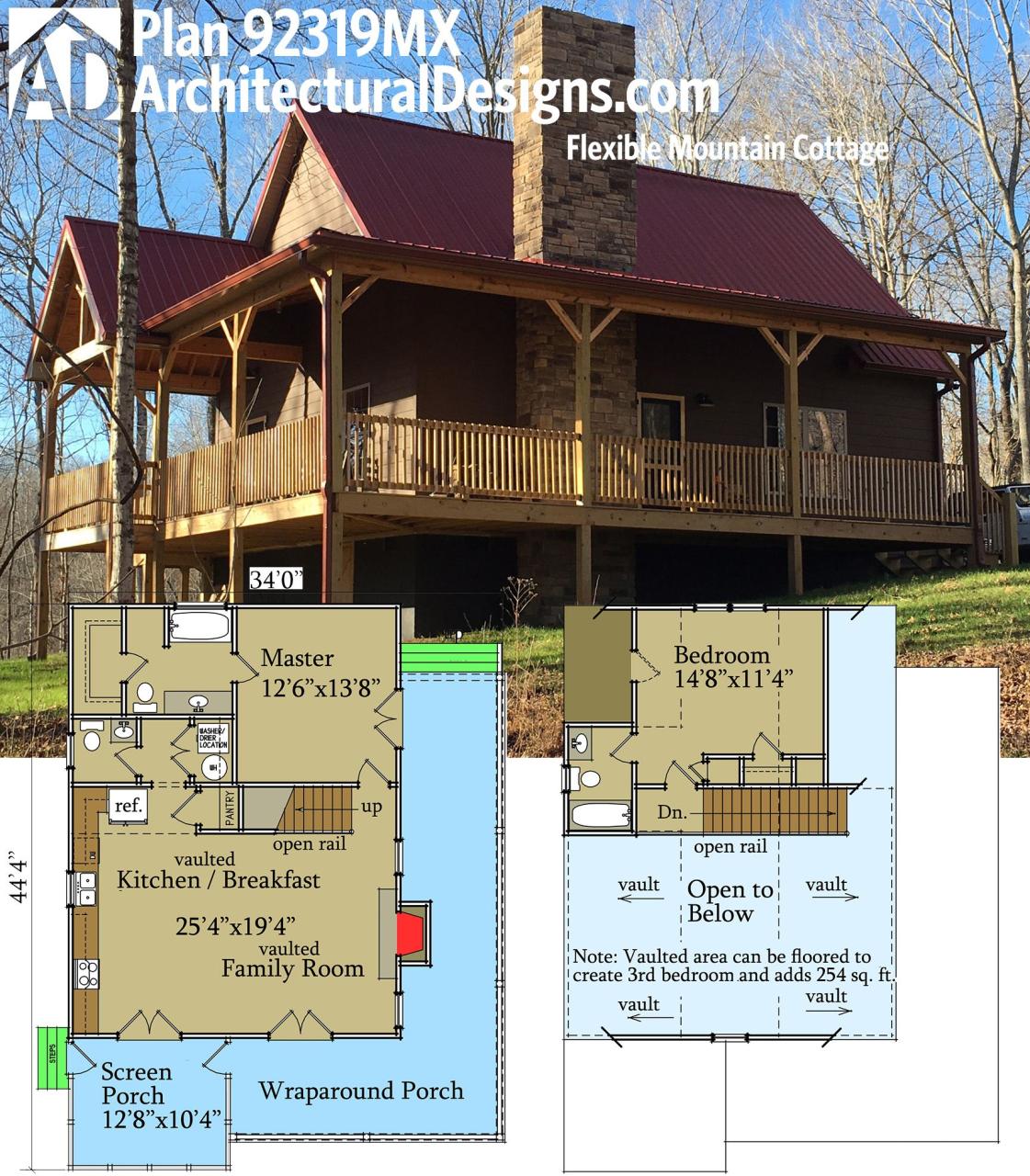
Functional floor plans are essential for mountain cottages, where the footprint is often smaller than traditional homes. I recommend designing the floor plan to create a seamless flow between living areas, kitchen, and bedrooms. Consider incorporating an open-plan design, where the living, dining, and kitchen areas blend together. This will create a sense of spaciousness and make the most of the available space.
When designing the floor plan, consider the flow of natural light and the views. I recommend placing the living areas and bedrooms on the southern side of the cottage to maximize natural light and take advantage of the breathtaking views. Consider incorporating dormer windows, skylights, or large windows to bring in natural light and create a sense of ventilation.
4. Earth-Friendly Design: Sustainable Materials and Energy Efficiency
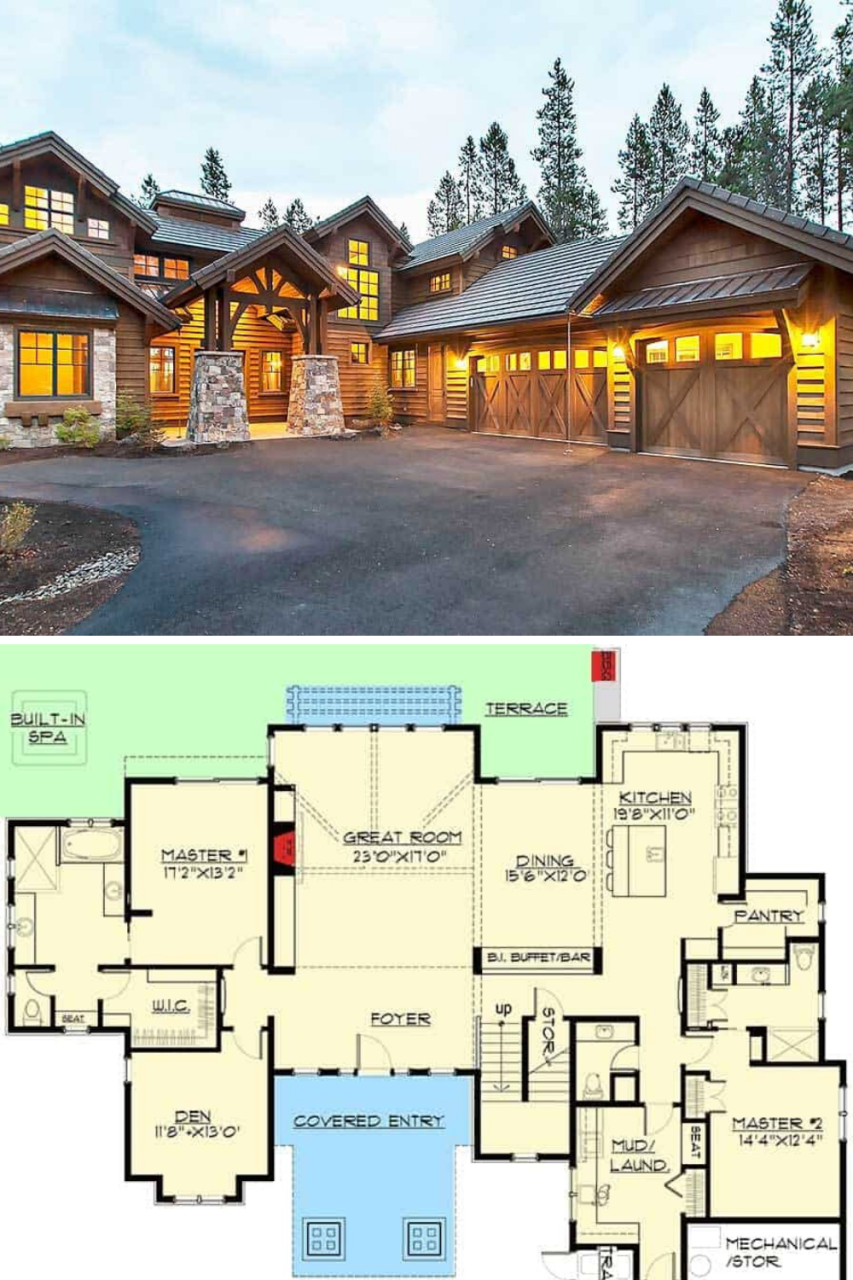
Mountain cottage design should prioritize sustainability and energy efficiency. I’m a big fan of incorporating earth-friendly materials such as reclaimed wood, bamboo flooring, and low-VOC paints. These materials not only reduce the carbon footprint of the cottage but also create a healthier indoor environment.
When designing the cottage, consider incorporating energy-efficient features such as solar panels, rainwater harvesting systems, and high-performance insulation. These features will not only reduce energy consumption but also create a more sustainable and environmentally friendly living space.
5. Space-Saving Solutions: Maximizing Storage and Functionality

Mountain cottages often have smaller footprints, which means maximizing storage and functionality is crucial. I recommend incorporating space-saving solutions such as built-in cabinetry, hidden storage compartments, and multi-functional furniture. Consider using wall-mounted shelves, hooks, and baskets to keep clutter at bay and create a sense of openness.
When designing the interior, consider incorporating vertical elements such as floor-to-ceiling curtains, floor lamps, or wall-mounted art to create a sense of height and visual interest. This will help distract from the smaller size of the cottage and create a sense of spaciousness.
6. Connecting with Nature: Outdoor Spaces and Decking
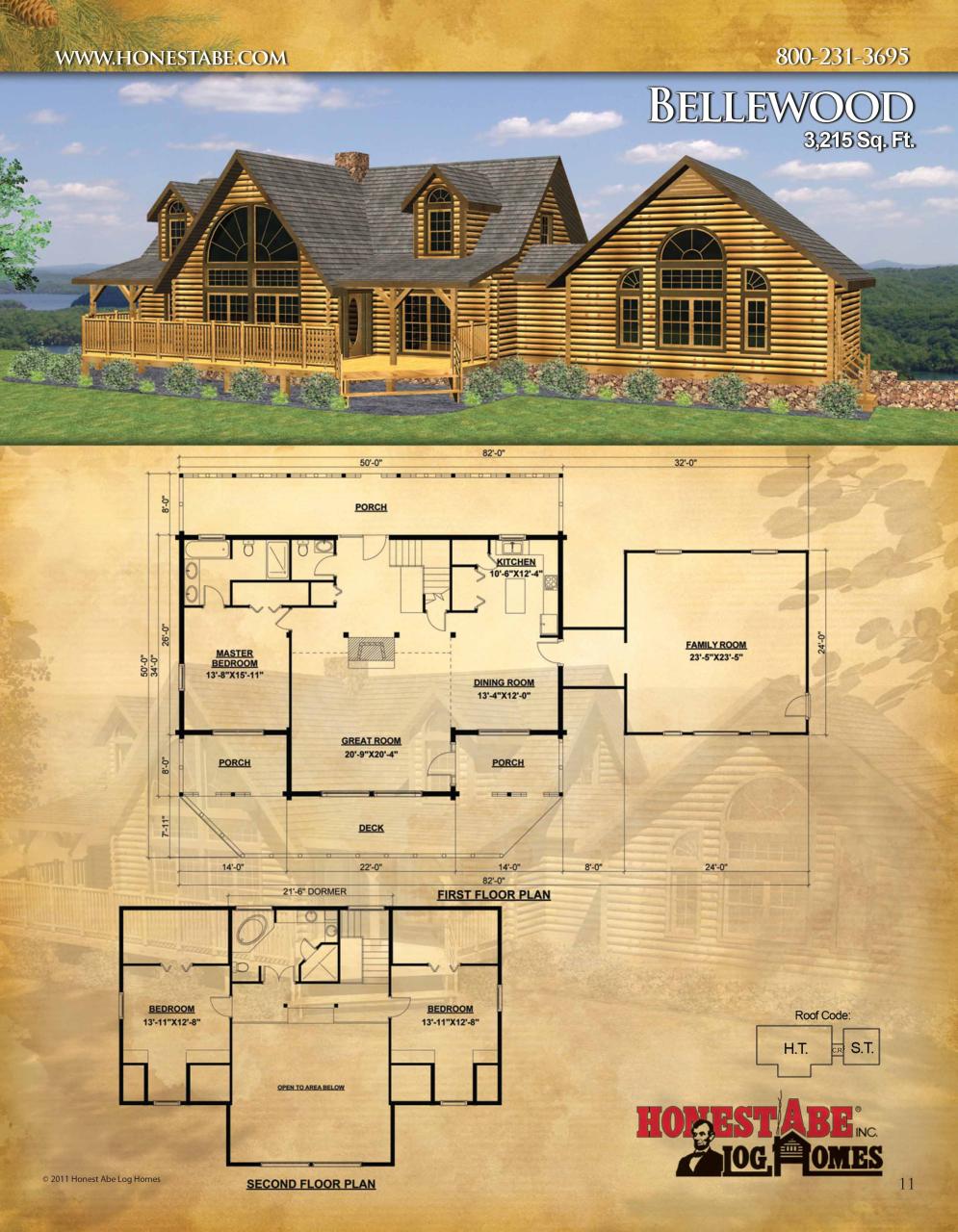
One of the greatest joys of owning a mountain cottage is connecting with nature. I recommend incorporating outdoor spaces such as decks, porches, and patios to create a seamless transition between indoors and outdoors. Consider using natural materials such as wood, stone, or recycled plastic to create a durable and low-maintenance outdoor space.
When designing the outdoor space, consider incorporating elements that reflect the natural surroundings, such as native plant species, boulders, or water features. I also recommend incorporating outdoor lighting to create ambiance and highlight the natural beauty of the surroundings.
7. Safety and Accessibility: Designing for the Next Generation
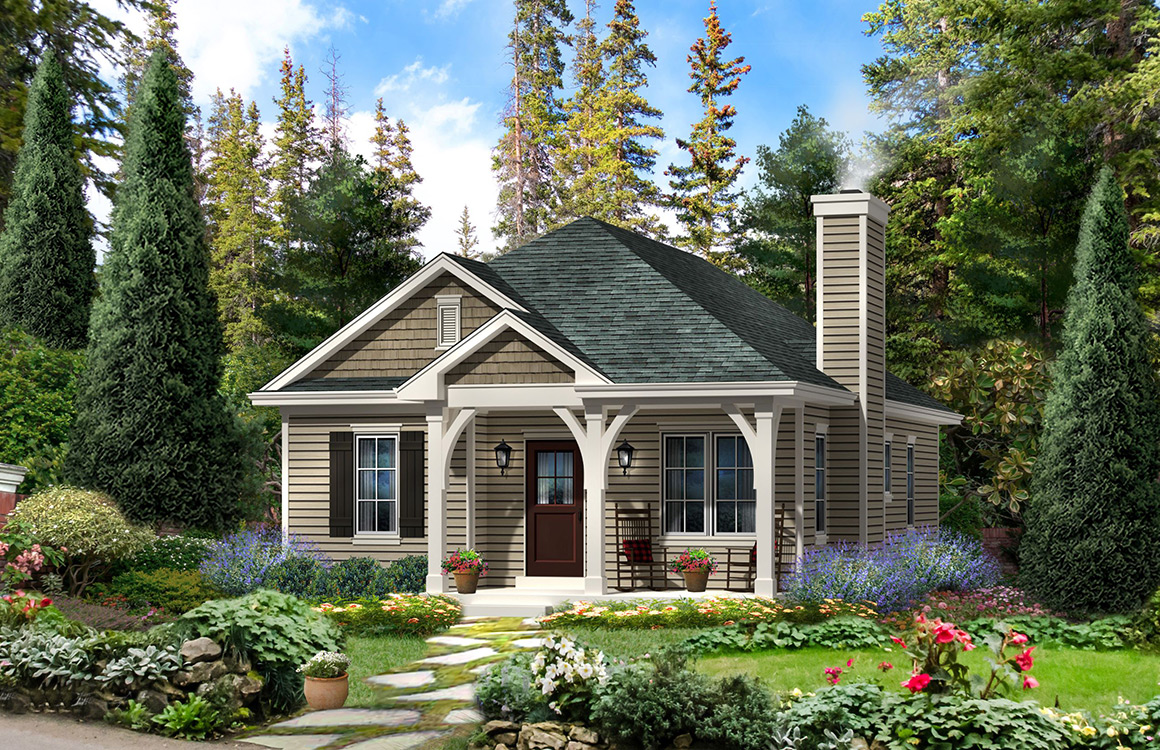
Mountain cottages should prioritize safety and accessibility, especially as we age. I recommend incorporating features such as wide doorways, non-slip flooring, and grab bars to create a safe and accessible living space. Consider designing the cottage with the next generation in mind, incorporating features such as wheelchair ramps, walk-in showers, and emergency exit routes.
When designing the cottage, consider incorporating smart home technology such as automation systems, voice control, and medical alert systems. This will create a safer and more convenient living space for residents of all ages.
8. Light and Ventilation: Maximizing Natural Light
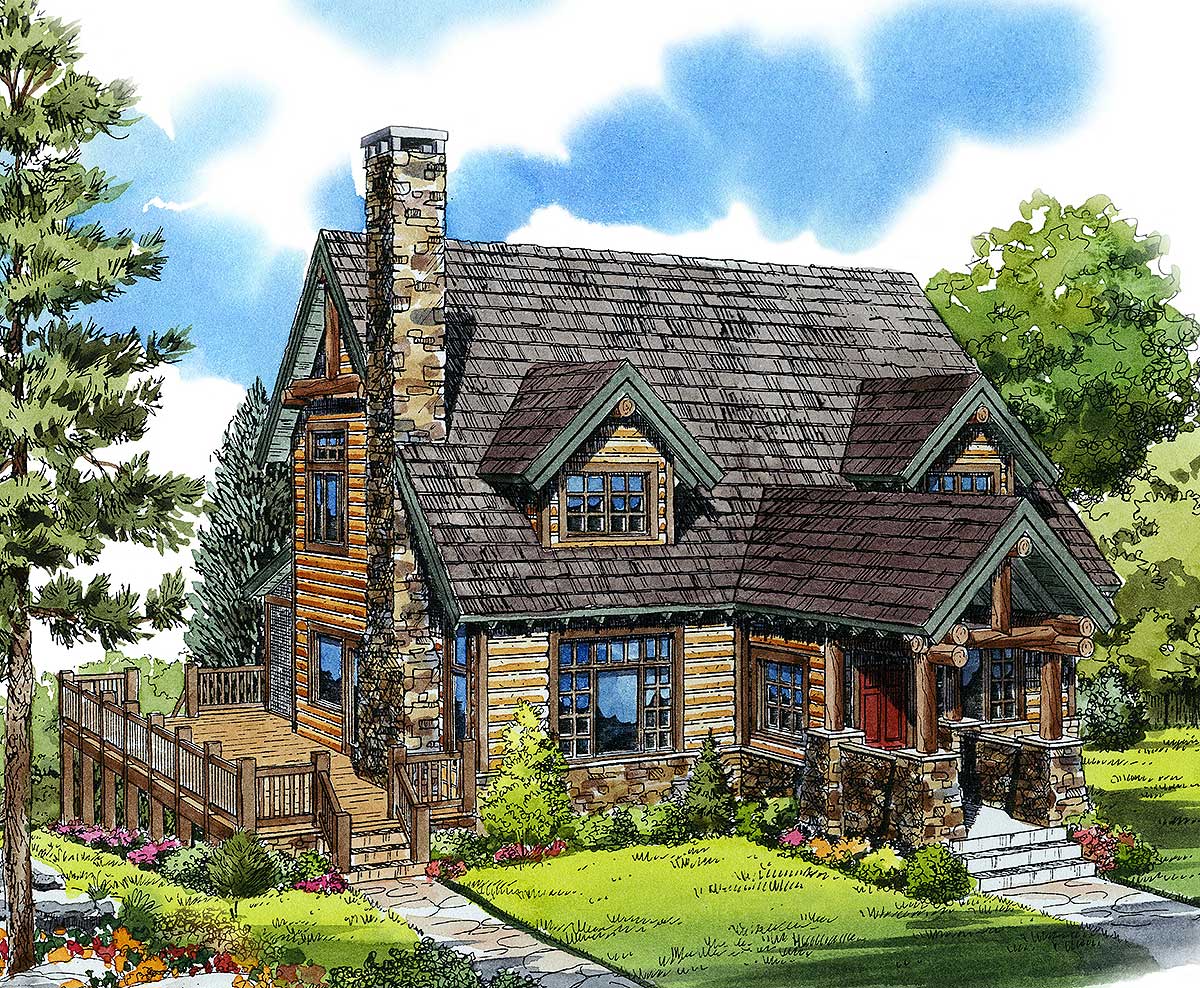
Mountain cottages should prioritize natural light and ventilation to create a healthy and comfortable living space. I recommend incorporating large windows, French doors, and skylights to bring in natural light and create a sense of ventilation. Consider using light-colored finishes such as white, cream, or light wood to reflect natural light and create a sense of brightness.
When designing the cottage, consider incorporating features such as passive solar design, where the orientation of the cottage takes advantage of natural sunlight and heat. This will reduce energy consumption and create a more sustainable living space.
9. Regional Style: Incorporating Local Design Elements
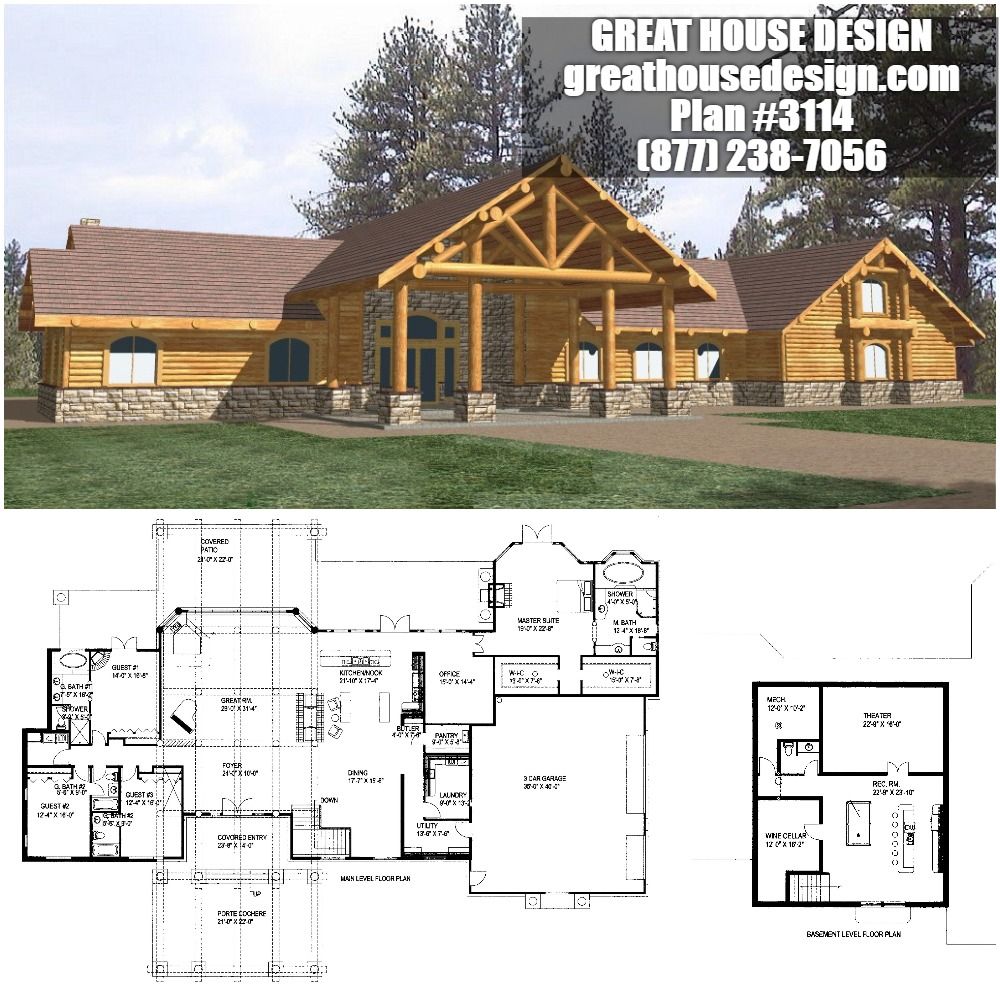
Mountain cottage design should reflect the regional style and local architecture. I recommend incorporating elements such as wooden shutters, native stone, or reclaimed wood to create a design that reflects the local culture and heritage. Consider using regional materials such as cedar, pine, or spruce to create a rustic and charming exterior.
When designing the cottage, consider incorporating elements that reflect the local history and mythology. This could include using local craftspeople, incorporating traditional building techniques, or incorporating elements such as barn doors or wooden bridges.
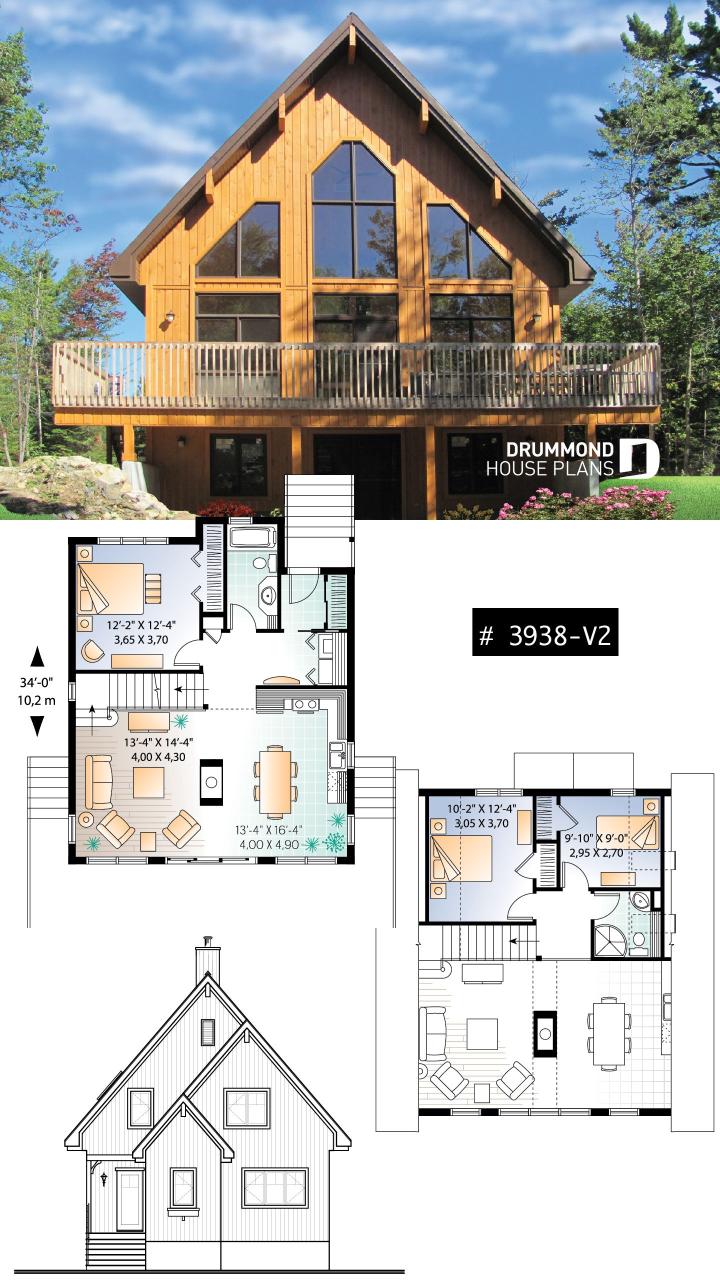
10. Creating a Sense of Community: Shared Spaces and Amenities
Mountain cottages often have a sense of community and shared spaces. I recommend incorporating features such as shared porches, community gardens, or communal outdoor spaces to create a sense of connection and shared ownership. Consider incorporating shared amenities such as a hot tub, sauna, or outdoor kitchen to create a relaxing and social atmosphere.
When designing the cottage, consider incorporating elements that reflect the local community and regional culture. This could include using local materials, incorporating traditional crafts, or hosting community events and workshops. This will create a sense of belonging and connection among residents and guests.
